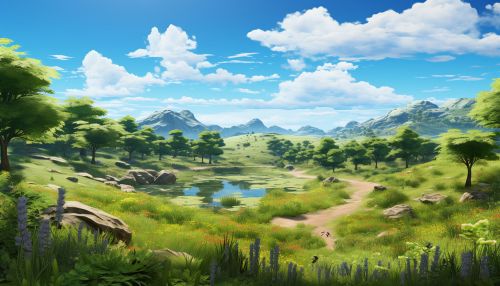Nature Reserves
Overview
A nature reserve (also known as a natural reserve, bioreserve, natural/biological preserve, or nature preserve) is a protected area of importance for wildlife, flora, fauna, or features of geological or other special interest, which is reserved and managed for conservation and to provide special opportunities for study or research. Nature reserves may be designated by government institutions in some countries, or by private landowners, such as charities and research institutions, regardless of nationality. Nature reserves fall into different IUCN categories depending on the level of protection afforded by local laws.


History
The concept of a nature reserve has been traced back to the medieval Islamic world, with the physicians and botanists of the time having built the first known nature reserve, an arboretum, in Baghdad during the 9th century. This was later followed by the oldest known nature reserve in existence, located in Mongolia and known as 'The Great Cingan'. This reserve was established in 1778 by the Mongolian Tzar, Batbold Khan. In the modern era, the idea of protected areas spread in the United States, Africa, and Europe, with Yellowstone National Park being one of the earliest, established in 1872.
Purpose and Importance
The main purpose of nature reserves is the preservation of biodiversity. They provide a habitat where species can thrive without the threat of human interference. Nature reserves are also important for research and education. They offer scientists the opportunity to study the environment and its interactions. Furthermore, they serve as outdoor classrooms, providing educational opportunities for students and the public to learn about and appreciate nature.
Types of Nature Reserves
There are several types of nature reserves, including:
- National parks: These are large natural or near natural areas set aside to protect large-scale ecological processes, along with the complement of species and ecosystems characteristic of the area.
- Wildlife sanctuaries: These are areas in which wildlife is protected from hunting, predation, or competition with humans.
- Biosphere reserves: These are areas comprising terrestrial, marine, or coastal ecosystems. Each reserve promotes solutions reconciling the conservation of biodiversity with its sustainable use.
- Marine protected areas: These are areas of intertidal or subtidal terrain, and overlying water and associated flora, fauna, and historical and cultural features, which have been reserved by law or other effective means to protect part or all of the enclosed environment.
Management and Challenges
The management of nature reserves involves various activities such as law enforcement to prevent illegal activities, monitoring of ecosystems and wildlife, restoration of degraded ecosystems, and management of visitor use. Despite the importance of nature reserves, they face many challenges including limited resources, human encroachment, poaching, and climate change.
